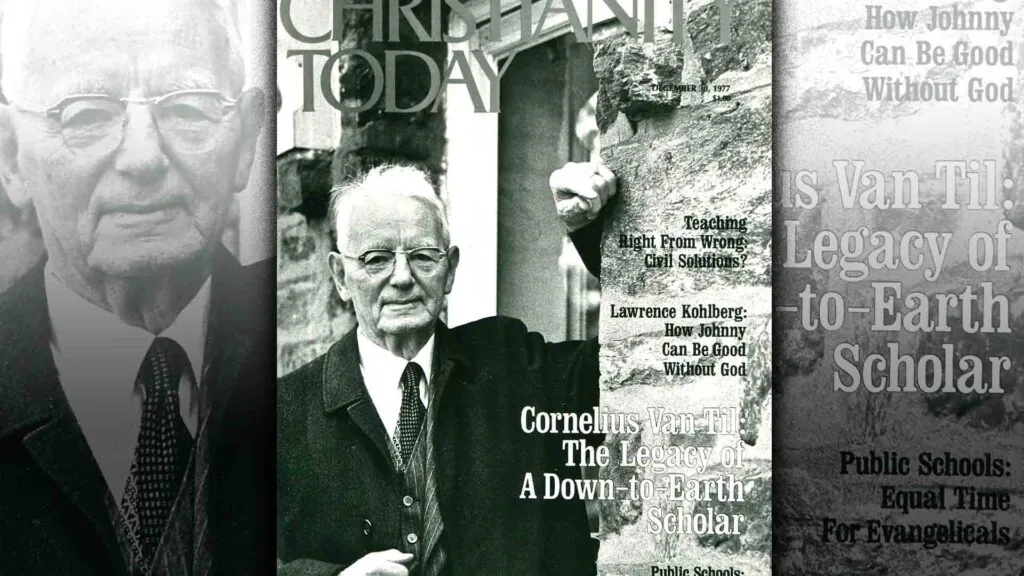by Cornelis Van Dam
2023 / 255 pages
The question of personal identity has become a hot-button issue in recent years. The ideology of gender has encouraged the notion that our identity is self-selected; we can choose to be whatever we want to be, regardless of biological realities. Even the existence of a single human nature that unites all of humanity has been called into question.
The era in which we live has been profoundly impacted by this radically new understanding of anthropology, of what it means to be a human being. As this ideology continues to advance, the Christian Church is called to continue to declare an ancient and unchanging message, and Christians are called and called again to find their identity in Christ, and in their office and calling as people who are united to Christ.
This is the theme that unites the writings of Dr. Cornelis Van Dam that have been published under the title In Holy Service.
Three main points
The majority of the material included in this collection had been previously published in Clarion, Diakonia, and elsewhere, between 2008 and 2021, and it has been revised and collated under the headings of:
- The General Office of a Believer
- The Ecclesiastical Offices
- Women in Special Service
The book concludes with an epilogue, “Retrospect and Prospect,” which looks back to the early history of the Christian Church, while looking forward to the future.
Recommended
There is much to recommend in this book. Dr. Van Dam’s writing style is simple, clear, and straightforward. He presents his thoughts in a way that is understandable, and his arguments are cogent and easy to follow. He ably defends Biblical principles about the unique callings and responsibilities of men and women, and provides solid Biblical evidence for his conclusions. His insight into the history of the ecclesiastical offices are helpful and perceptive, and his discussions of specific issues, such as the continuing importance of catechetical preaching, the necessity of training to prepare men to take on the office of elder, and the question of women’s participation in the election of office-bearers are well-argued and firmly rooted in Scripture.
These individual chapters could serve well as a starting-point for group studies at church, and the material included serves as a healthy antidote to the spirit of the age in which we live, and the constant pressure being exerted upon the Church to adapt and change with the times.
Critiques
The character of In Holy Service as a collection of previously-published works does mean that it lacks the unity of a book written “from scratch.” Some of the chapters are very brief, while others are lengthy, and one wishes, for example, that a subject like Chapter 11’s “The Office of the Church in Relation to the Civil Government” would have received a fuller treatment than it does.
Dr. Van Dam’s epilogue, which compares the situation of the early Church with that of our day, is excellent. He emphasizes that Christianity must be counter-cultural, and that we must count the cost to follow Jesus Christ. This is an important reminder, and a necessary one. However, I believe that Dr. Van Dam’s conclusions about the Christian’s relationship with the civil authorities as taught in Romans 13 and his related discussion of the Church’s response to COVID-19 in Chapter 11 do not accord with the strong and forceful message with which he concludes the book. This is an issue that demands a fuller treatment.
Conclusion
In conclusion, I believe that In Holy Service is a helpful resource that can serve God’s people as a useful guide to Biblical principles of individual and ecclesiastical life that must be reappropriated, taught, and defended from generation to generation.
It is available at ProvidenceBooksPress.com.
Rev. Jim Witteveen is the author of “How In the World Did We Get Here?” and host of the DanElevenThirtyTwo.com podcast.












